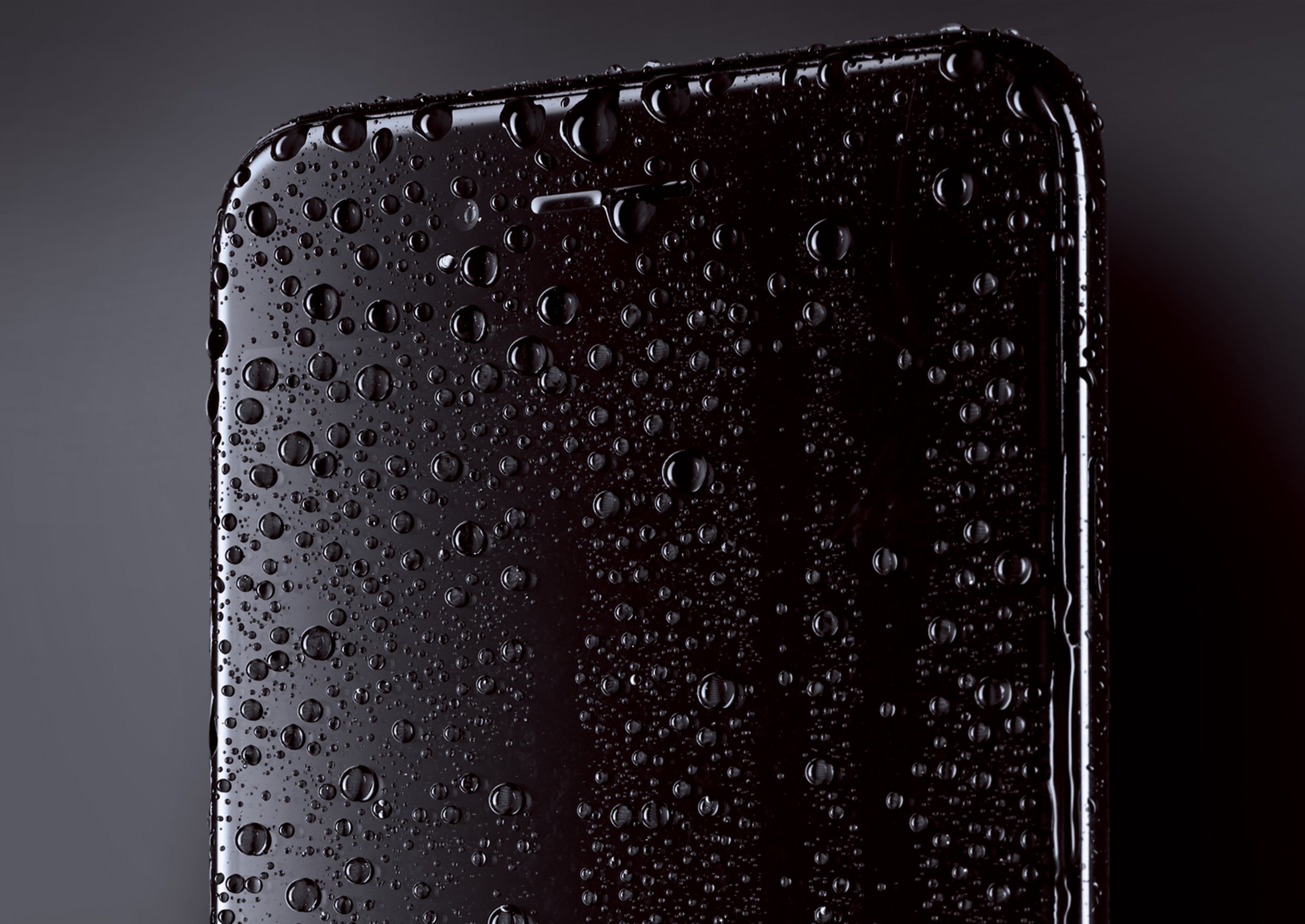
You’ve dropped your expensive iPhone in a swimming pool, a lake, or (yecch) the toilet. Will it survive? Most likely, though the answer depends on how long it took a dunking, and the depth of that dunking.
Most mobile phones are rated “water-resistant” (able to resist but not entirely withstand water penetration), not waterproof (impervious to water). That’s a matter of marketing and legal jargon more than anything. If you drop your phone in the water and it conks out as a result, the manufacturer doesn’t want to be on the hook for damages or having to hand you a free replacement. If your brand new iPhone does go on the fritz due to water damage, you’ll have to pony up for a new one. (Unless you’ve taken out an accidental damage insurance policy.)
Mobile phones and other devices designed to be waterproof as well as dustproof receive a rating from a group known as the International Electrotechnical Commission (IEC). The rating comes in the form of the two letters “IP” (short for “ingress protection”) followed by a two-digit number. The first number defines the level of protection against dust, dirt and sand. The second number refers to the level of protection against water. Last year’s iPhone 7 and this year’s iPhone 8 families as well as Apple’s next-gen iPhone X all carry IP67 ratings. Let’s walk through what that means.
The first number, 6, means these phones are impervious to dust — it’s the highest rating a device can receive in that category. But the second number, 7, falls two steps below the highest 9K water-related rating. Not that a 7 is bad. On the contrary, a rating of 7 technically signifies “ingress of water in harmful quantity shall not be possible when the enclosure is immersed in water under defined conditions of pressure and time (up to 1m of submersion),” according to the IEC.
In plain language, that means a device rated 7 should be able to withstand immersion in water up to 1 meter, or 3.28 feet, for up to 30 minutes. So if your iPhone stays above 3 feet and you fish it out of the drink (or the toilet) inside a half-hour or less, you should be okay. Any deeper or longer and you’re gambling.
An Apple support webpage explains the rating of the iPhone 7 line and the resistance to dust and water as such: “iPhone 7 and iPhone 7 Plus are splash, water, and dust resistant and were tested under controlled laboratory conditions with a rating of IP67 under IEC standard 60529. Splash, water, and dust resistance are not permanent conditions, and resistance might decrease as a result of normal wear. Liquid damage is not covered under warranty.”
Note the line about device resistance decreasing over time, something to bear in mind if you plan to skirt the immersion threshold frequently. The page also explains how to avoid getting your iPhone 7 wet. Don’t swim or bathe with your iPhone. Don’t take your iPhone with you if you’re showering, water skiing, wakeboarding, surfing, or jet skiing. Don’t use it in a sauna or steam room. And don’t intentionally submerge it in water.
One more tip not on Apple’s support page. Check your pants pockets or laundry basket before you fire up the washer to make sure no iPhones are in the mix. I can speak to this one from personal experience: I had to buy my wife a new iPhone after I accidentally puts hers in the washer for an unintended rinse and spin.
What can you do if your iPhone takes a soaking, then refuses to power on? Apple advises that if any liquid hits the phone, wipe it off with a soft, lint-free cloth. Also, make sure the phone is dry before you open the SIM tray (something you typically do only if you need to replace or swap the SIM card). To dry your phone and remove excess liquid, tap it gently against your hand with the Lightning connector (the connector on the bottom of the phone) facing downward. You may be able to speed the drying process by pointing a fan blowing cool air into the Lightning connector. Don’t try to dry the iPhone using a heated source, or insert a cotton swab or paper towel into the Lightning connector.
Also, make sure you don’t plug any cables into your wet iPhone. Don’t charge it. Resist the urge to power it up to see if it does work. After you think the phone has sufficiently dried, wait five hours before you attempt to charge it or turn it on.
Here’s another tip if you want to remove the moisture from the impossible-to-reach guts of the phone. You need a drying agent, and the most accessible type for most people is raw, uncooked rice. Place your iPhone in a container of uncooked rice that’s large enough for the grains to completely cover the phone. Leave it there for a day or two so the rice can sop up most of the internal moisture. Then pull it out and give the power button a go.
If you’re all butterfingers with your iPhone when in the bathroom or near a pool, there’s another option: a waterproof case. Such enclosures add more bulk to the iPhone than regular cases, but they provide the best protection against your phone taking a deep, dangerous and potentially costly dunk.
More Must-Reads from TIME
- Cybersecurity Experts Are Sounding the Alarm on DOGE
- Meet the 2025 Women of the Year
- The Harsh Truth About Disability Inclusion
- Why Do More Young Adults Have Cancer?
- Colman Domingo Leads With Radical Love
- How to Get Better at Doing Things Alone
- Michelle Zauner Stares Down the Darkness
Contact us at letters@time.com